Archives
- 2025-11
- 2025-10
- 2025-09
- 2025-03
- 2025-02
- 2025-01
- 2024-12
- 2024-11
- 2024-10
- 2024-09
- 2024-08
- 2024-07
- 2024-06
- 2024-05
- 2024-04
- 2024-03
- 2024-02
- 2024-01
- 2023-12
- 2023-11
- 2023-10
- 2023-09
- 2023-08
- 2023-06
- 2023-05
- 2023-04
- 2023-03
- 2023-02
- 2023-01
- 2022-12
- 2022-11
- 2022-10
- 2022-09
- 2022-08
- 2022-07
- 2022-06
- 2022-05
- 2022-04
- 2022-03
- 2022-02
- 2022-01
- 2021-12
- 2021-11
- 2021-10
- 2021-09
- 2021-08
- 2021-07
- 2021-06
- 2021-05
- 2021-04
- 2021-03
- 2021-02
- 2021-01
- 2020-12
- 2020-11
- 2020-10
- 2020-09
- 2020-08
- 2020-07
- 2020-06
- 2020-05
- 2020-04
- 2020-03
- 2020-02
- 2020-01
- 2019-12
- 2019-11
- 2019-10
- 2019-09
- 2019-08
- 2019-07
- 2019-06
- 2019-05
- 2019-04
- 2018-07
-
ethionamide br Acknowledgements Supported by the grant from
2022-07-13

Acknowledgements Supported by the grant from National Natural Science Funds of China (81371262). I would like to express my heartfelt gratitude to Professor Yonghua Zhu, who help language editing. Introduction Glucocorticoids are steroid hormones secreted from the adrenal glands in response t
-
We speculated modulation of redox
2022-07-13
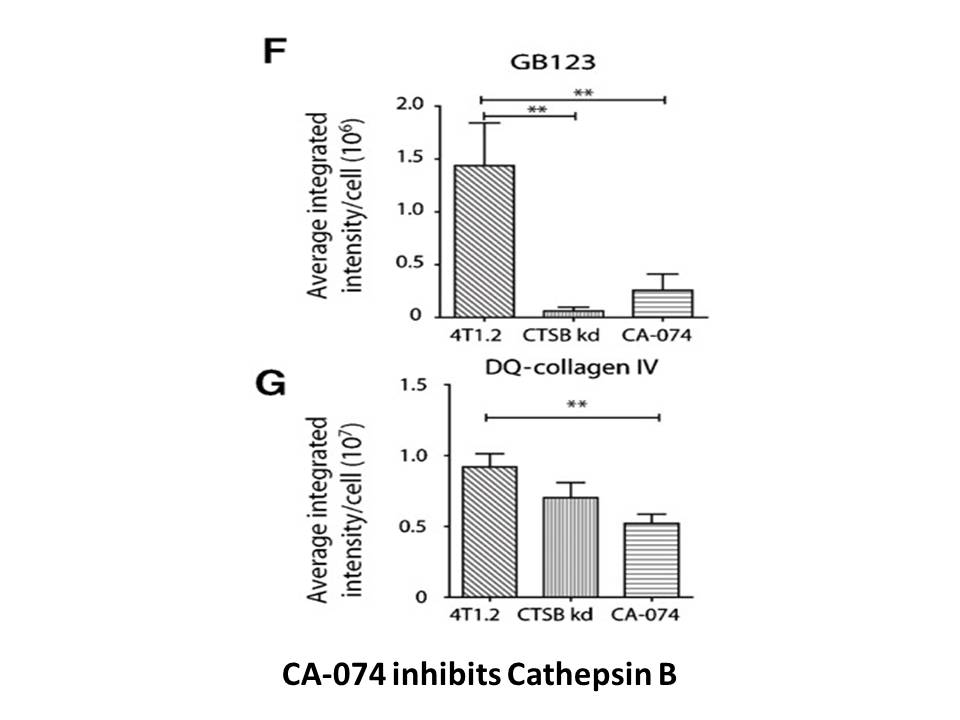
We speculated modulation of redox balance in brain, by activation of GIP receptor pathway. QA is known to mediate production of ROS, lipid peroxidation by its interactions with Fe2+ and formation of QA-Fe2+ complex (Braidy et al., 2010, Rios and Santamaria, 1991, Stipek et al., 1997). QA induces NOS
-
br Electron crystallographic structures of connexins The
2022-07-13
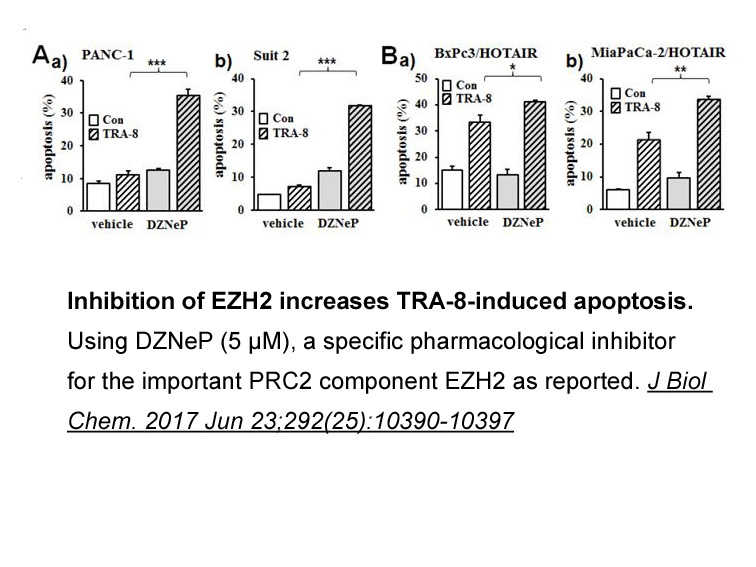
Electron crystallographic structures of connexins The structures of gap junctions are good targets for electron microscopy because they exhibit the characteristic features of self-assembly. Early studies examined the three-dimensional (3D) structures of native gap junction Carbetocin from rodent
-
From a cell signaling perspective given the importance of ag
2022-07-12
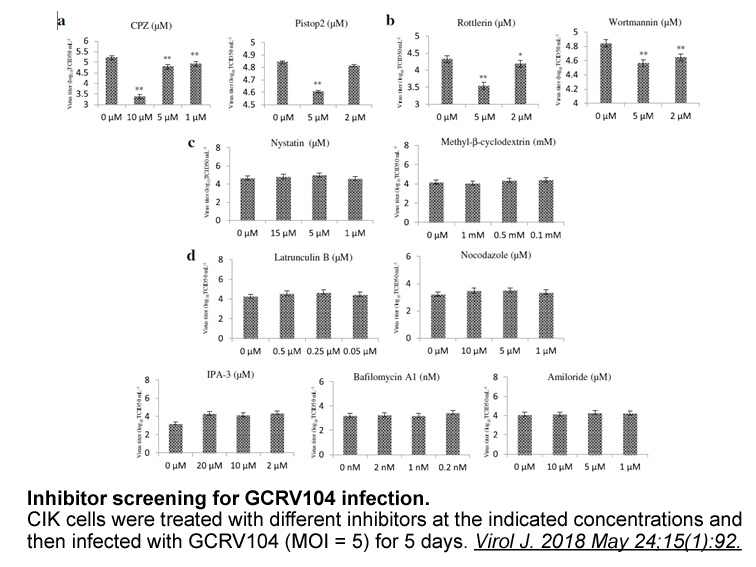
From a cell signaling perspective, given the importance of agonist-directed signaling and biased agonism, one goal of this research update was to review the known contributions of G protein-dependent versus β-arrestin-dependent signals toward promotion of beneficial functions that FFA4 facilitates.
-
br Introduction The fibroblast growth factor receptor FGFR p
2022-07-12

Introduction The fibroblast growth factor receptor (FGFR) pathway is an important oncogenic driver in malignant cancer. It controls cellular processes such as cell proliferation, differentiation, migration, 1-NM-PP1 synthesis progression, metabolism, and survival. In non–small-cell lung cancer,
-
Tetrazole is one of the most commonly used bioisosteres
2022-07-12
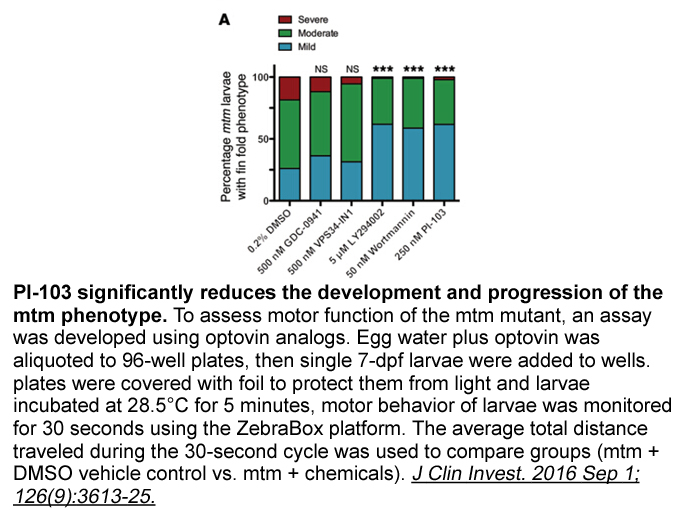
1-Tetrazole is one of the most commonly used bioisosteres for carboxylic acids arising from their similarity in pKa (ca. 4.5–4.9 vs 4.2–4.4, respectively)., Metabolically, tetrazoles may exhibit an advantage over carboxylic acids because they form -glucuronides which are not as chemically reactive a
-
Pharmacological inhibition of PKR seems to be an interesting
2022-07-12
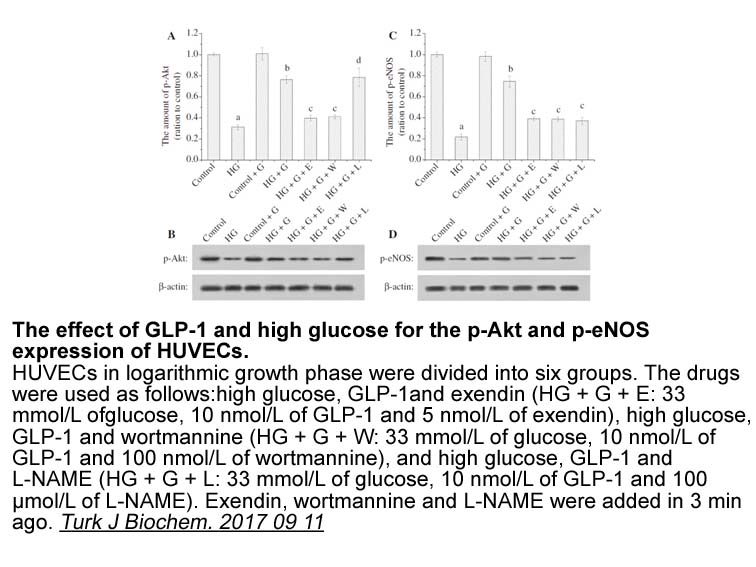
Pharmacological inhibition of PKR seems to be an interesting strategy for revealing the role of PKR in oxytosis and ferroptosis. The oxindole/imidazole derivative C16 was identified by screening a library of 26 different ATP-binding site-directed inhibitors of varying structure that is more selectiv
-
This crosstalk may be responsible for
2022-07-12

This crosstalk may be responsible for the beneficial effects of histamine H2 receptor inverse agonists on ceramide kinase pathologies and may also explain unwanted effects of these drugs on other tissues. In this way, Allen et al. reported an anaphylactoid reaction following cessation of high-dose r
-
According to the literature HER mutations are
2022-07-12

According to the literature, HER2 mutations are present in 2–4% of lung adenocarcinoma (ADC) patients. Most HER2 mutations are in-frame insertional mutations occurring at exon 20 in the protein kinase domain [[2], [3], [4], [5]]. Although several small molecules and HER2 hydroxychloroquine sulfate
-
The obtained sequence was deposited
2022-07-12

The obtained sequence was deposited in GenBank under accession number MG703576; it showed a 99% identify with sample HE817764, reported as Demodex cornei, and with JF784000, reported as D. canis. Molecular and phylogenetic analyses and the morphological characteristics helped to rule out D. cornei.
-
br Structural Homology and Functional Implications
2022-07-12
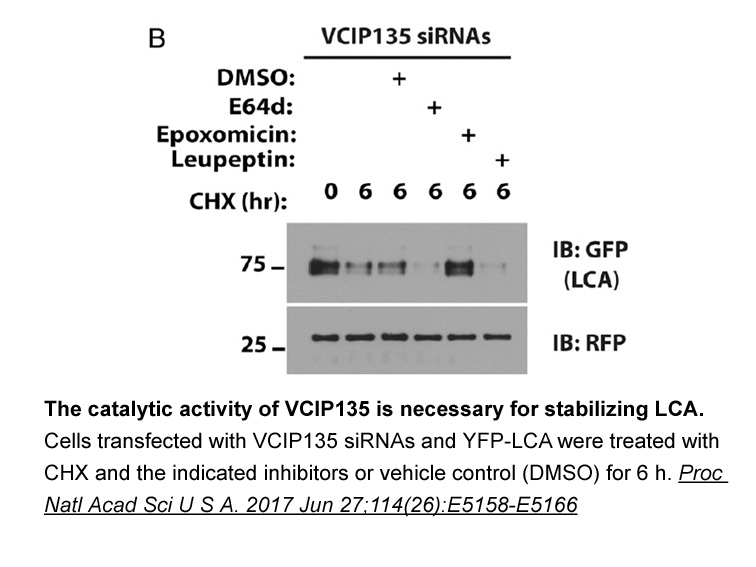
Structural Homology and Functional Implications Amino PSI-7977 australia sequence analyses of Disp and the Shh receptor Ptch indicate that both proteins share structural homology with a family of bacterial efflux pumps that function in resistance, nodulation, and division (RND) transporter comple
-
Furthermore the absolute lack of E allele expression
2022-07-12

Furthermore, the absolute lack of E2 allele expression in both chronic and SVR cases, supports the protective role of the E2 allele against HCV infection at a time of exposure. However this hypothesis could not be entirely proved by this study due to lack of healthy individuals participation. Simila
-
Conformational changes are observed in
2022-07-11
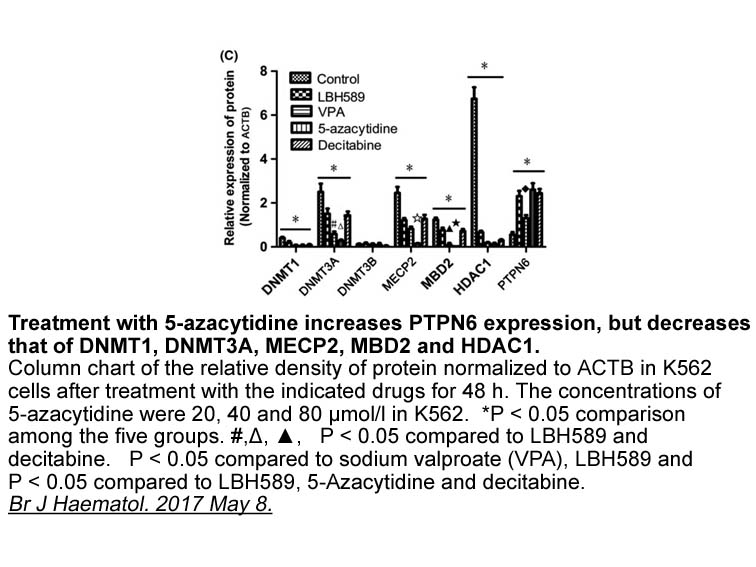
Conformational changes are observed in the LBDs after ligand binding, including partial cleft closure for GluN2A and complete cleft closure for GluN1. For GluN2A, additional conformational rearrangements in the protein and ligand may be required before the ligand can be accommodated within lobe 2. F
-
br Introduction Lichen forming fungi LFFs have evolved in
2022-07-11
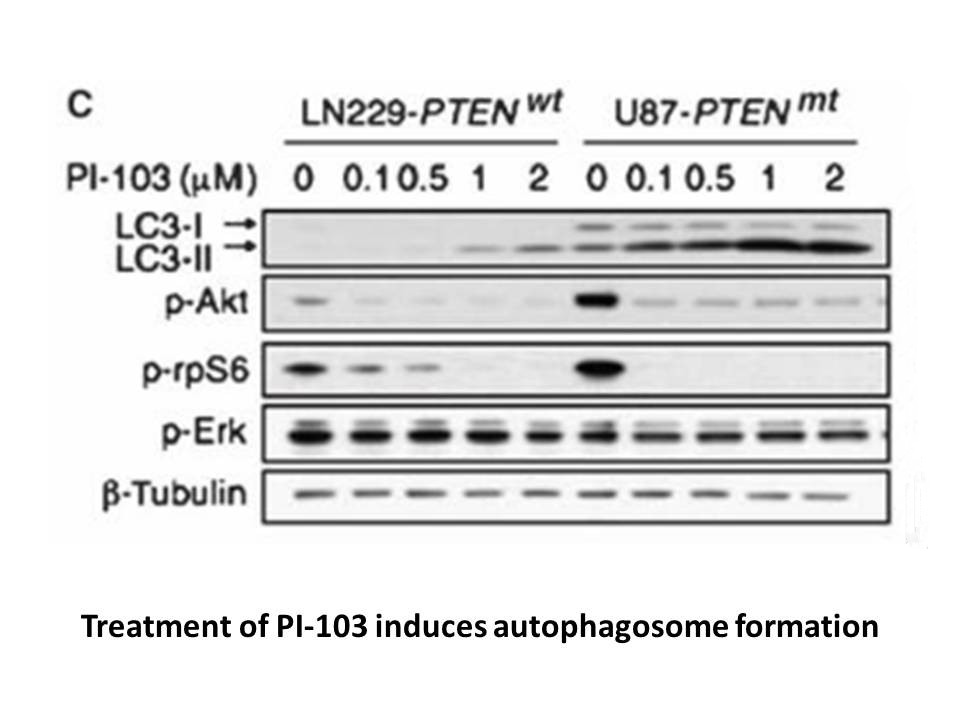
Introduction Lichen-forming fungi (LFFs) have evolved in various classes, including Arthoniomycetes, Coniocybomycetes, Dothideomycetes, Eurotiomycetes, Lecanoromycetes, Leotiomycetes and Lichinomycetes, in Ascomycota (James et al., 2006, Schoch et al., 2009a, Lumbsch and Rikkinen, 2017, Prieto et
-
AKR D is very highly expressed in human liver and
2022-07-11

AKR1D1 is very highly expressed in human liver and based upon the observations outlined above, with respect to other steroid hormone pre-receptor metabolising enzymes, it is entirely plausible that AKR1D1 could represent a critical regulatory step in the control of metabolic phenotype within the liv
15351 records 390/1024 page Previous Next First page 上5页 386387388389390 下5页 Last page